It’s been almost a month since the opening of “Myriad”, my first solo gallery sold-out show. The response has been nothing short of breathtaking, with paintings moving even weeks before the opening. Even after the last piece was declared sold on opening night, the gallery informed me that inquiries were still pouring in from places as far as Greece.
I am overwhelmed, elated, humbled and anxious all at once.
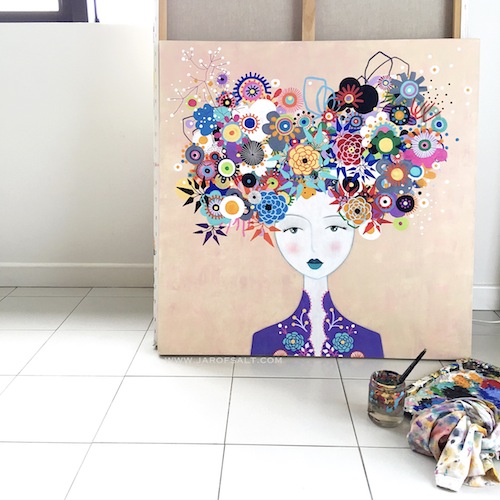
Overwhelmed by the wonderful response.
Elated that my work is appreciated.
Humbled by others’ faith in what I do.
But anxious as I wonder where I go from here.
My husband just shook his head and reminded me to stop, relax and relish the moment.
It started in 1997.
My story as a professional artist began the moment I left university with a BA in Psychology in 1997, and tried being everything else other than myself. Since then, I made half-hearted efforts to break into the art industry but always with one foot out the door, ready to bolt whenever things didn’t go as planned.
And that’s exactly what happened.
When things hit a slump or did not yield the desired result, I quickly went back to my comfort zone and sprinted right back to Plan B, C and even D.
Although I had an exhibit in a bistro and another one in a fine-dining restaurant in 2003 and 2004 respectively, it wasn’t until last year, 2015, that I sold my first work through an art gallery. While I juggled 3 to 4 non-creative part-time jobs while trying to do part-time art after 2004, my half-hearted efforts would pretty much produce a half-baked career. This was how it was up until I hit my creative block sometime in 2007 and had my breakthrough in 2012.
Fast forward to April 2017, after a long and excruciatingly slow journey strewn with hits and misses, twists and turns, I found my way back to myself.
A body of new work up in my first solo gallery show has come to fruition.
Climb a wall and commit.
For a brief moment, I got into wall-climbing. At that time, I also had the good fortune of coming to the facility whenever the national team came for training. On my first evening, I passed the halfway mark of a 40-foot wall, when I was met with a 1-ft indentation jutting directly over my head at a 90-degree angle. I could’t figure out how I could hoist myself up. While I was trying to find a grip, I yelled down below “I can’t!”. Others who were resting heard me and yelled “Commit! Commit! Just commit!”
This meant that I should release my grip, and without fear, hoist myself up with everything I’ve got and commit to another grip with the free hand. It also meant to let go and have faith in the movement.
When I moved to Singapore in 2010, I eventually saw it as a blank page, a fresh start, and a chance to reinvent myself as an artist. It was this brand of commitment that I took to heart that changed everything. I stopped doing things that were not-related to my art. Then, I closed down my Etsy and Society6 shop because that wasn’t what my work was about anymore. I said ‘no’ to a lot of offers which no longer fit my vision.
I narrowed my focus, buckled down and did nothing but paint, paint and paint.
Social media helped. By a mile.
Let social media work for you and not the other way around.
I joined Instagram in 2014 when I got into calligraphy, a craft with a very strong and supportive community around the world. Unfortunately, this was a short-lived hobby but I learned that being part of a community, even though we’ve never met each other in person, made a world of difference. So I stayed on Instagram.
Being on social media gave me a chance to grow my work in anonymity. It gave me a different kind of validation knowing that my art is valued simply for what it is, and not something born of friendship, affiliation, or a favor. In 2015, I joined an Instagram class by Melissa Camillieri. This was a game-changer. It gave social media a purpose, a direction, and showed me how something seemingly fun and mundane can otherwise be a powerful tool to connect with the world and build my work. If there’s one thing that made IG work for me, it would be the sincerity behind both what I post and the art that I do.
Oh, and hey! A little bird told me that she’s holding her next class in a week or two! To see what this class is all about, click here.
Perhaps one of the biggest pitfalls of being on Instagram is relying on it solely to build your business. While this can totally work it is an unfair expectation to think that Instagram will do the job for you. Instagram is merely a tool to be heard by the universe around you. Instagram did not create my art. My art existed independently of social media except it’s like I was handed an extraordinary megaphone to tell my story, loud enough to be heard across the planet.
And, gratefully, they did.

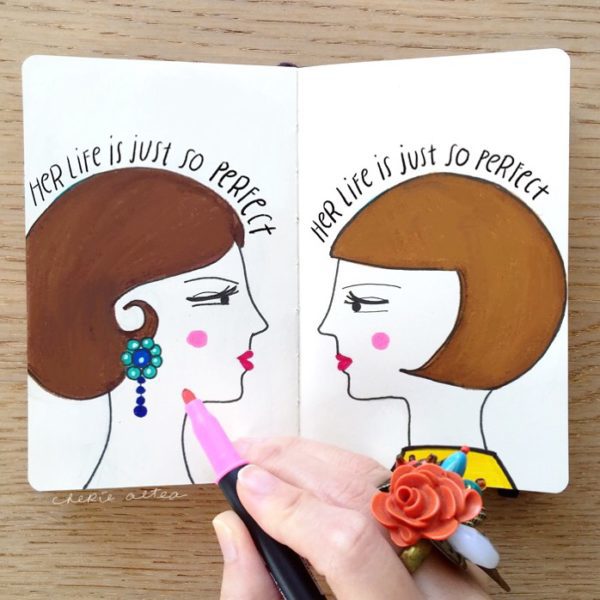
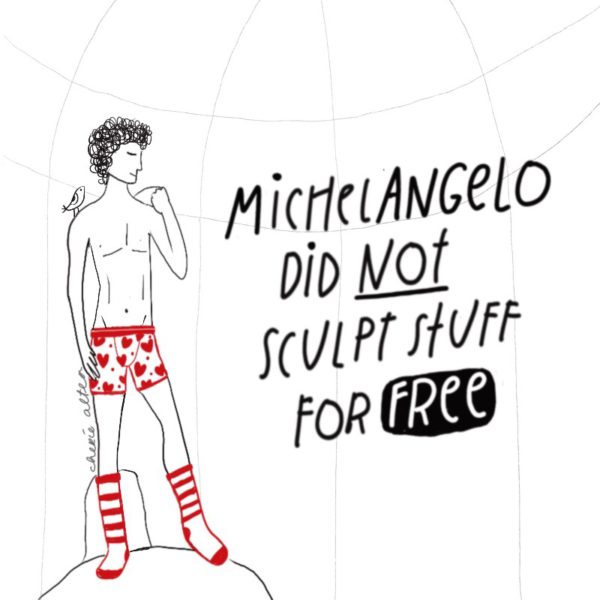
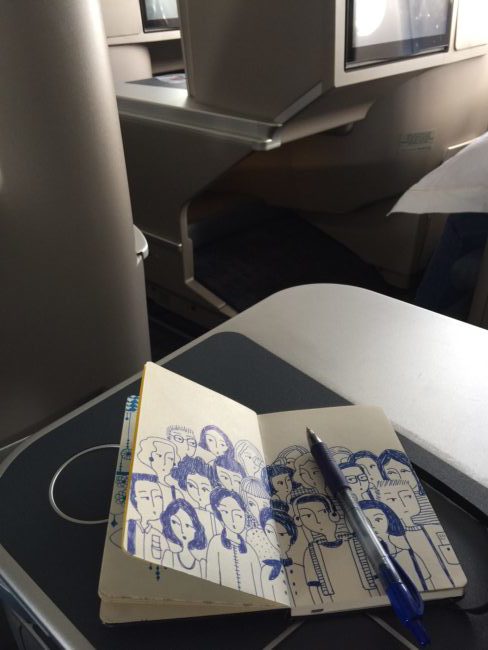



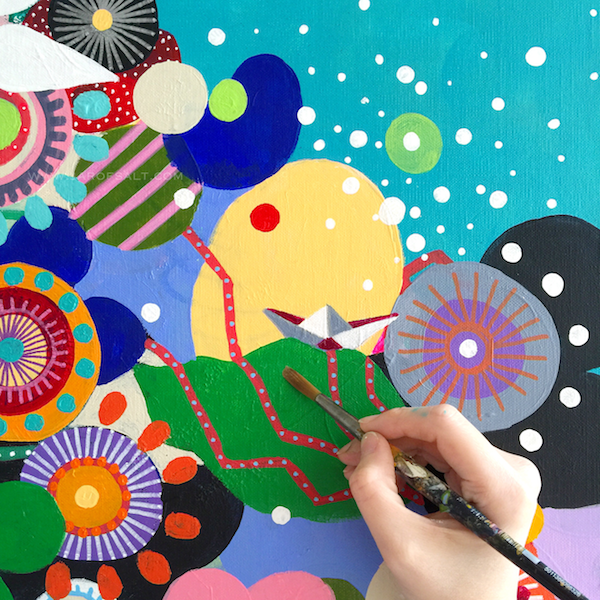 When someone decides to venture into a completely new profession, I consider it a privilege because that choice was made knowing that you’ve been around the block and that it will take so much more than a negative comment or lack of results to unnerve and break you.
When someone decides to venture into a completely new profession, I consider it a privilege because that choice was made knowing that you’ve been around the block and that it will take so much more than a negative comment or lack of results to unnerve and break you. 
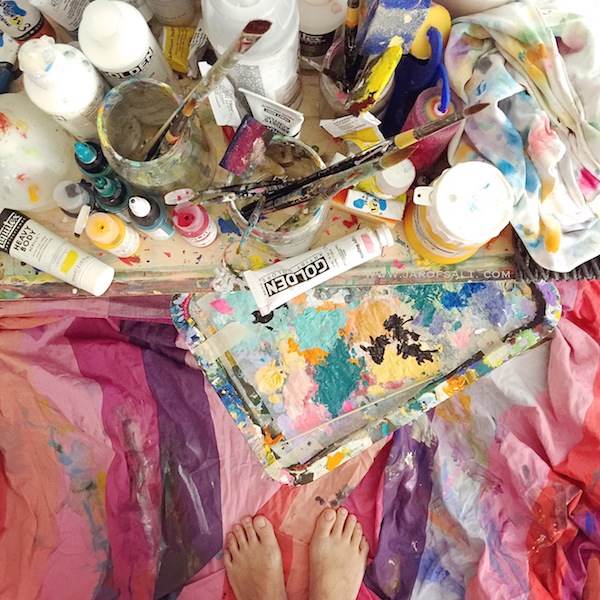
Recent Comments